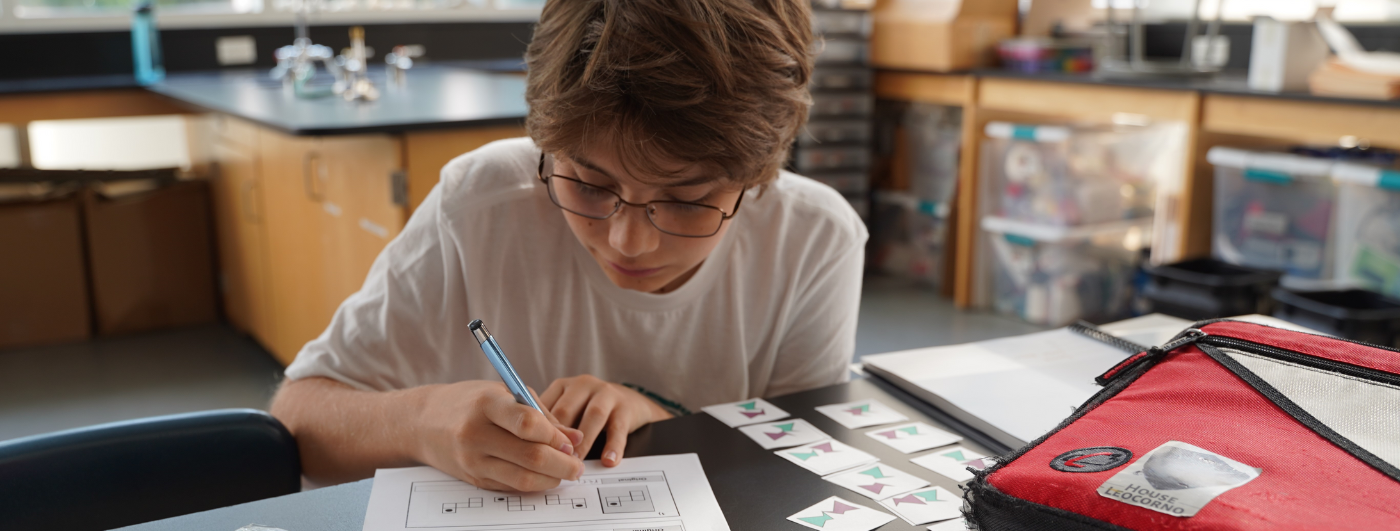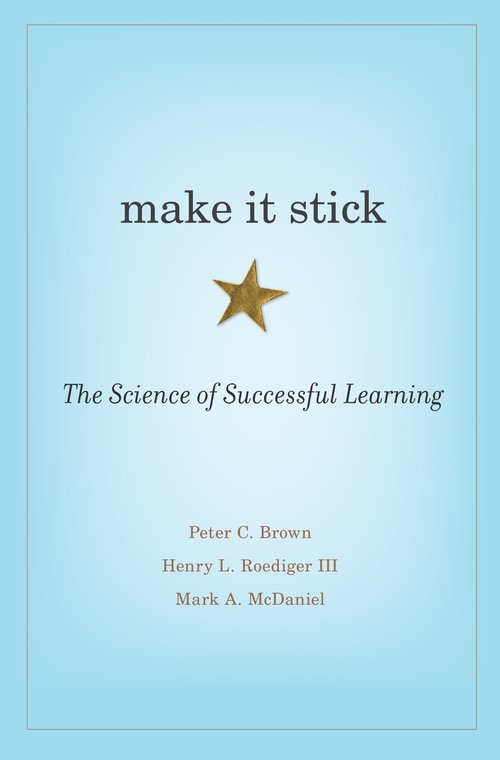Empowering students with language-based learning differences

Siena Blog



The Siena School Blog
Discover, Learn, Celebrate, and Empower
Welcome to Siena's blog, your source for helpful, cutting-edge resources tailored to teachers, parents, and other advocates in the learning differences community. We are dedicated to providing a wealth of curated knowledge spanning various topics, ranging from dyslexia advocacy and awareness to classroom teaching strategies, heritage month profiles, and social and emotional health.
Discover innovative classroom strategies that inspire creativity and foster a love of learning.
Our commitment to social-emotional wellness ensures that we provide valuable insights into healthy student development and self-advocacy.
Discover resources, reading and podcast recommendations, volunteering opportunities, and more for parents in the LD community.
Our important heritage month posts highlight key people, offer reading and podcast recommendations, and more.
Make it Stick Book Review

Written by Jennifer Chambers, Math and Science Department Chair, Middle School Science Teacher, and Environmental Education Coordinator at The Siena School
I can’t ever remember being taught how to study, to succeed on high school unit tests, midterm, final or regent exams, or collegiate compulsory exams. I figured it out myself, particularly in college. I read, highlighted, took notes, reread my notes and prided myself on my photographic memory. In my mind, it worked because I did well. Did I really learn and retain all of this knowledge?
Now, I’m a teacher and one of my responsibilities is to help students learn. My understanding of what it means to be a successful learner, and that which I teach my students, has come a long way since my time in high school and college. At Siena, we have systems for instilling study strategy best practices, such as modeling and practicing a variety of studying activities during class, adding tests and quizzes into student's long term planning and reminding students and parents about the study activities students can utilize at home through links in an email. However, there is always more that we can do to help our students reach success, in particular, students who have more challenges with knowledge retention and application. Therefore this summer, our teachers were asked to read Make it Stick by Brown, Roediger and McDaniel. While reading this book, ideas filled my mind of ways to implement the powerful strategies recommended in this book. Not only did the authors write these strategies in accessible language with authentic examples but they explained the brain science behind them. As a Science teacher, this amped up my interest level. So what do Brown, Roediger and McDaniel recommend to retain knowledge long-term in Make it Stick?
 Retrieval Practice (Quizzing): Learners need to pull information from their brains and do this often. This is output processing. The best way is through quizzing oneself, such as with flashcards or Quizlet. Reading, rereading and highlighting isn’t enough to retain knowledge.
Retrieval Practice (Quizzing): Learners need to pull information from their brains and do this often. This is output processing. The best way is through quizzing oneself, such as with flashcards or Quizlet. Reading, rereading and highlighting isn’t enough to retain knowledge.
 Varying Practice: Whether quizzing or practicing a skill or concept, it is important to vary the type and difficulty level of this practice, such as using Deck Toys. Generalization and retention of knowledge are more difficult when the practice is homogeneous.
Varying Practice: Whether quizzing or practicing a skill or concept, it is important to vary the type and difficulty level of this practice, such as using Deck Toys. Generalization and retention of knowledge are more difficult when the practice is homogeneous.
 Spacing Practice: When embracing quizzing and varied practice, space it out over multiple days or longer to improve retention. Cramming is the antithesis of retaining knowledge long term.
Spacing Practice: When embracing quizzing and varied practice, space it out over multiple days or longer to improve retention. Cramming is the antithesis of retaining knowledge long term.
 Interleaving or Spiraling: Review prior information to create connections between that and new knowledge being learned. This new knowledge gets hooked to create a chain inside long term memory; stacked learning without linking creates silos.
Interleaving or Spiraling: Review prior information to create connections between that and new knowledge being learned. This new knowledge gets hooked to create a chain inside long term memory; stacked learning without linking creates silos.
 Embrace Difficulties: Learning is hard. When we make our brains struggle through desirable difficulties retention is increased. Grappling creates new neurological paths in the brain.
Embrace Difficulties: Learning is hard. When we make our brains struggle through desirable difficulties retention is increased. Grappling creates new neurological paths in the brain.
While reading Make it Stick, I made many annotations in my copy anchoring the author’s recommendations to my teaching methodologies to create connections for how I could help my students improve their learning.
- Being transparent with my interleaving. Naming it when it occurs and explaining the importance of hooking information to prior knowledge. Moreover, students will be accountable for prior knowledge when assessed.
- Using positive affirmations when students encounter desirable difficulties and explaining the brain science behind this growth mindset.
- Increasing the amount of opportunities students need to purposefully retrieve information learned during class through varied practice and assessments.
- Creating and varying the types of quizzing mechanisms students can use to prepare and be successful on vocabulary assessments. Besides using flashcards, Quizlet and a variety of card games, students will have an opportunity to increase their varied practice with Deck Toys.
- Monitoring and creating an accountability system for when students apply vocabulary used verbally or in their writing through the use of unit word walls.
Piggybacking off of and under the mentorship of Roediger, an author of Make it Stick, Pooja Agarwal, a Cognitive Scientist, created RetrievalPractice.org. Agarwal and collaborators provide a wealth of resources to help educators and learners maximize their learning potential. These five are my favorite:
- Weekly Teaching Tips
- Retrieval Tic-Tac-Toe
- Retrieval Grids
- Metacognition Line Up
- Sketchnotes of each chapter of Make it Stick
During high school and college, I created an illusion of knowing through my reliance on photographic memory, only inputting and imprinting knowledge. I thought I was learning, but I was really learning for the next day’s exam. I didn’t retain this knowledge into my long term memory. Similarly, many of my students struggle with this mode of learning; however, Make it Stick provides an enlightened path to become a life long learner. The conclusions drawn in Make it Stick were scientific, yet accessible, and provided authentic examples for teachers to model or students to practice, which is why this book was chosen as Siena’s faculty summer reading.

Thank you for this! Study skills are critical and I appreciate all the strategies you shared. Sounds like it was a great book.